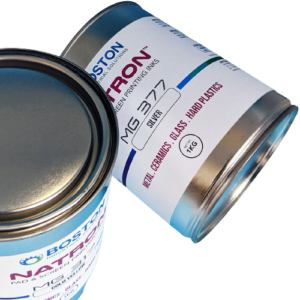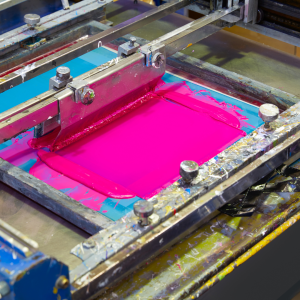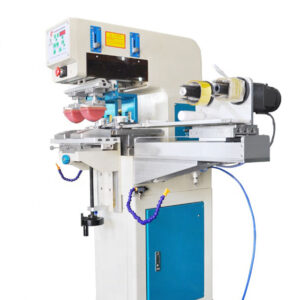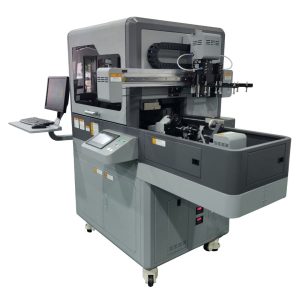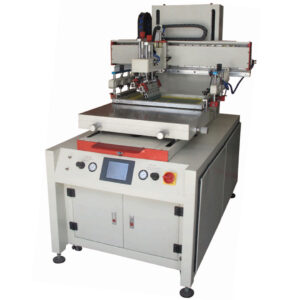Pad printing start up checklist
This article will cover the pad printing checklist. Pad printing is an efficient process for printing a two-dimensional image on a three-dimensional object. Basically, it is an indirect offset process that uses a silicone pad to transfer an image to the part or substrate. This printing method uses a pad printing machine to accomplish this printing process. This printing equipment is efficient, effective, and very easy to use. These are some of the reasons why many diverse industries use pad printing. Some example industries include promotional products, tool manufacturing and hardware, medical devices, the textile industry, toys, sporting goods, injection molding, electronics, etc. Let’s discuss how and what you need to get set up for pad printing?
Before getting into pad printing, it is important to determine your printing application. This involves determining the part size, material, and image size. The part size will dictate what pad printing equipment is suitable to handle your part. The image size will determine the suitable silicone printing pad. Finally, the material, also known as the substrate, determines the type of pad printing ink to use. For example, silicone requires ink for printing silicone rubber. Plastic needs plastic pad printing ink. Glass needs glass pad printing ink. Learn more about the pad printing machines that we have to offer.
The components
Below is a pad printing checklist. Before printing, please review and familiarize yourself with the various components of pad printing.
Pad Printer Machine: There is a wide range of pad printing equipment available on the market today. These printing machines have different cup sizes to handle different artwork sizes. Our pad printing machines can print artwork in sizes ranging from 50 mm to 150 mm. We have both stand-alone and tabletop pad printing machines. Additionally, we offer both automatic and semiautomatic machines with one- to six-color capabilities. Other configurations include automation, carousel or linear over-conveyors, part-slide, and pad slide options.
Pad printing machine parts and consumables
Ink Cup and Ring: Like pad printing equipment, ink cups come in many sizes. It is important to note that the larger the pad print ink cup, the larger the artwork that you can print. Each ink cup comes equipped with a pad-print ceramic ring. Pad printing ceramic rings come in many sizes and shapes. Learn more about our replacement ceramic pad printing rings for ink cups.
Silicone Printing Pad: We formulate our own silicone rubber material for making silicone pads. Our printing pads are made of patented anti-static silicone rubber. We have many pads that vary in size and hardness. Silicone printing pads are a must have in your pad printing checklist.
Pad printing plate: The printing plate carries the image during the printing process. There are a wide variety of plate materials available, depending on your needs. Examples include photopolymer plates and laser printing plates. Photopolymer printing plates are further classified based on the wash type: alcohol wash or water wash printing plates. On the other hand, laser pad printing plates are classified as CO2 laser plates or Yag (fiber) laser plates.
Printing supplies
Pad printing ink: Ink is substrate specific. Boston Industrial Solutions, Inc., offers the best pad printing inks for glass, metal, ceramic, leather, coated metals, paper, plastic, EVA, silicone, and more.
Pad print solvent is an essential additive to the pad printing process. The function of the solvent is to break up the pigments and resins and transfer the ink film during printing.
Hardeners and catalysts: Pad print hardeners, also known as catalysts, help increase the ink’s reaction to the substrate. When the ink is dry, this ink-hardener mixture makes the ink stick better, protects it from the weather, and makes it more resistant to chemicals.
Ink adhesion promoter: Ink adhesion promoters aid pad printing ink adhesion onto hard to print substrates such an PP plastics. If you are planning on PP plastics, consider adding the Natron polypropylene primer to your pad printing checklist. Learn more about UV inkjet primers and how to improve UV in adhesion.
Other printing components
Boston Industrial Solutions, Inc., is the only company that offers a turn-key startup ink mixing kit. This ink mixing kit for pad printing consists of paddles, sticks, mixing cups, ink storage containers, nitrile gloves, a lint-free towel, and solvent dispensing bottles. These items also make it easy to run the printing operations. Optional on this kit is the weight scale. Because ink, solvent, and hardener are all mixed by weight, a gram scale will be extremely useful during the mixing process.
Ink masking tape: The purpose of this tape is to remove any excess ink stuck on the printing pad.
Pad printing environment
Lastly, always keep the pad printing environment clean. It is important to pad print in a dust-free environment to avoid print contamination. Additionally, consider having lint-free towels and extra ink mixing supplies. Also, it is important to work in a temperature- and humidity-controlled environment. The best printing environment ranges from 65 to 75 °F (18 to 24 °C). Remember that pad printing relies heavily on solvent evaporation? High or low temperatures and humidity will directly and negatively impact your pad printing process.
Pad printing training: Hopefully you have found this pad printing checklist useful. Please note that we also provide detailed training for our pad printers, inkjet printers, and laser engravers. We will help you get up and running—and beyond. If you have any questions, please contact us.


